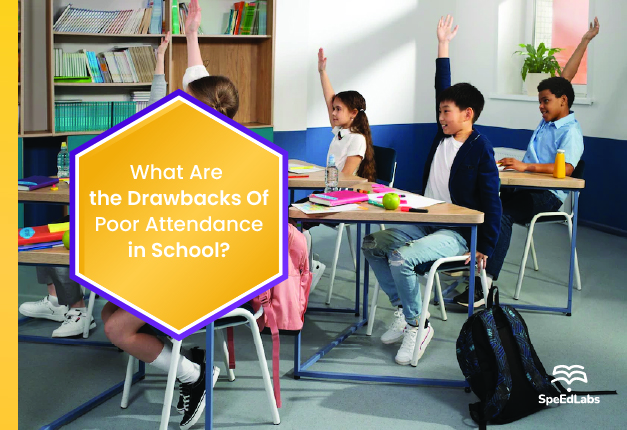A missed classroom day is a chance for students to miss learning. More than ever before, research is being done on the relationship between student attendance and learning. As a result, education agencies are increasingly being asked to submit attendance data uniformly so that it can be compared across institutions and jurisdictions.
The correlation between student attendance and academic achievement serves as the main justification for high-quality attendance data. The most important factor in determining a student’s success in the classroom is their teacher, but even the best teachers find it difficult to offer learning opportunities when their students frequently miss class. Regular classroom attendance has been associated with higher academic achievement than irregular attendance. Early on in a child’s academic career, this connection between attendance and achievement may become apparent. In a recent study of young children, it was discovered that absenteeism in kindergarten was linked to poor outcomes in the following grades, including increased absenteeism and lower achievement in reading, Math, and General Knowledge.
Absence from class seriously affects future outcomes as well.
Drawbacks Related to Poor Classroom Attendance.
Chronic absences can cause students to fall behind in their classes, especially in rural areas where they lack the financial and other means to continue their education outside of the classroom. Children are susceptible to delinquency and can develop a trouble-prone attitude.
Learning alone is a contemporary trend that is also problematic.
Self-directed learning and personalised study goals have been made possible by technological advancements, which frequently leads students and their parents to believe that attending a class is not necessary.
This is incorrect because holistic learning can take place outside of the classroom, especially with strategies like project-based learning, peer interaction, and flipped learning that can help students better meet their individualised needs.
Greater Potential for Improved Performance.
Although it is difficult to say whether good attendance records lead to better academic performance, it has been discovered in the majority of studies that regular attendees perform better than persistent absentees do.
This is because it is simpler for students and teachers to work consistently and cooperatively to develop skills, which will be challenging when students are frequently absent.
Regular attendance in a classroom also helps students feel more a part of their community, develop vital friendships and social skills that are beneficial to their mental health, and ultimately prepare them for a successful and fulfilling future. Teachers must encourage students to come to class and assist them in improving their skills, though. If the quality of the instruction is subpar, the students might not find it interesting and decide not to attend that class.
By involving students in discussions, activities, or projects, teachers can help them learn a subject more effectively. This not only helps students master concepts and skills but also helps them make the most of their class time.
Should Attendance be a Requirement?
Even though attendance in the K–12 sector is still largely required, it has recently come under scrutiny.
While forcing students to attend a class is counterproductive, regular attendance is required for a child’s overall development. Therefore, educators must redesign the learning environment to inspire kids to attend classes and learn.
The first course of action is to incorporate technology into educational activities so that children of today have an immersive learning experience.
To help students make connections between what they are learning and the real world, technology like 3D videos and augmented/virtual realities are being used in education more and more. They can be encouraged to learn by incorporating games and game elements into their education.
Second, teachers should monitor their student’s attendance to determine the causes of their absences and seek solutions for them with the aid of counselling.
To reduce behavioural issues brought on by the workload in a classroom, peer pressure, bullying, etc., they should also maintain constant communication with parents.
A system of attendance that is based on subjects can also be helpful. Students will be able to concentrate on the subject workload according to requirements and be less concerned about attendance, which can be a crucial step in making the curriculum more student-friendly
Also published on Medium.
